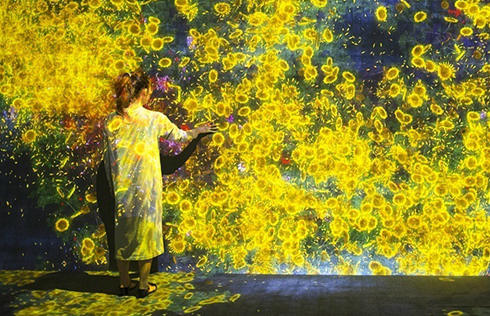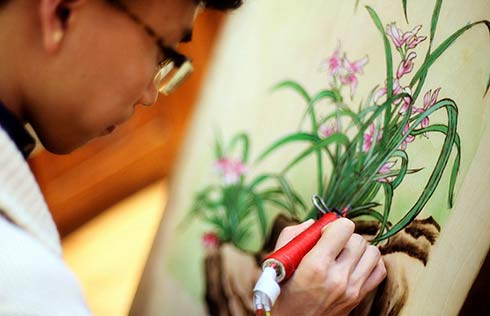

 |
In order to avoid damage to the relics caused by a change of environment and pressure, the ancient ship would be put in a huge glass pool. There, the water temperature, pressure and other environmental conditions would be the same as the sea bed where the ship lay.
 |
The pool, named "Crystal Palace" is 64 meters long, 40 meters wide and 23 meters high. It contains seawater and is about 12 meters in depth.
"It will be sealed after the ship and the silt are put in," said Feng Shaowen, head of the cultural bureau of Yangjiang City, Guangdong Province.
Feng said visitors would be able watch the on-going excavation of the ship through windows on two sides of the pool.
The on-constructing Nanhai No. 1 Museum
China's underwater archaeology appeared together with Nanhai No.1.
 |
The Underwater Archaeology Center of China was founded in 1987, and Zhang Wei was the first director of the center. Zhang graduated from the Archaeology Department of Peking University in 1982. Before founding of the Underwater Archaeology Center, he was sent to Holland to study diving.



